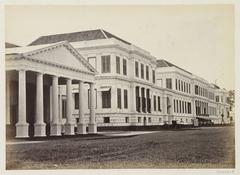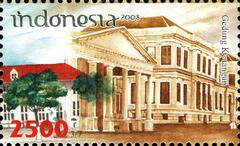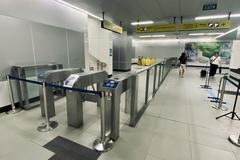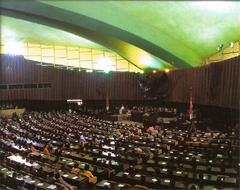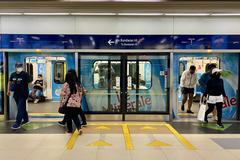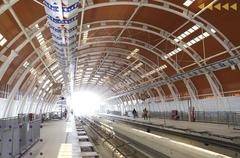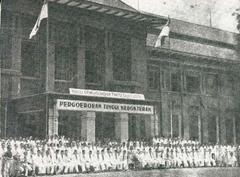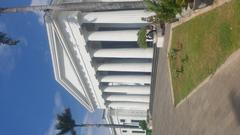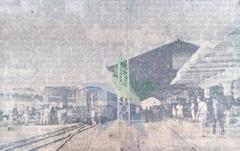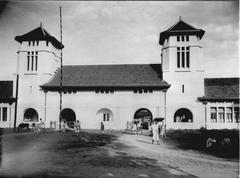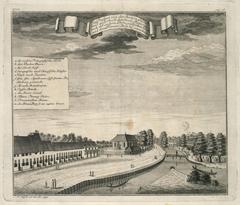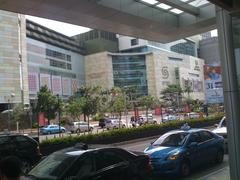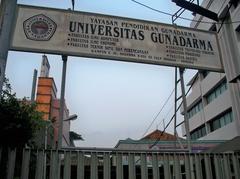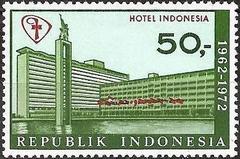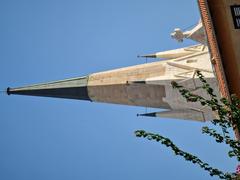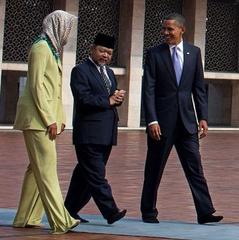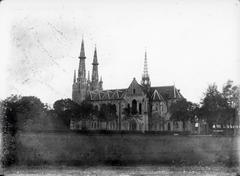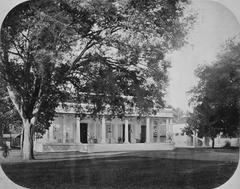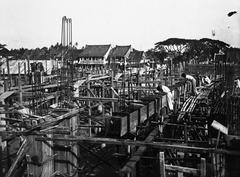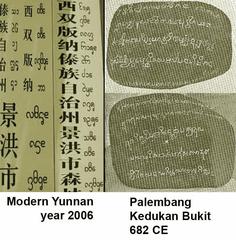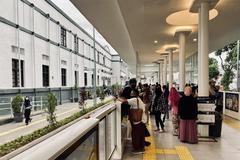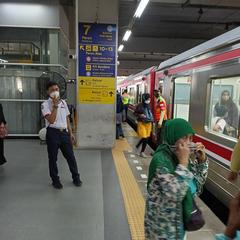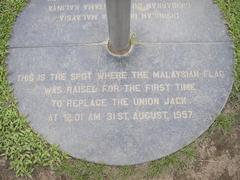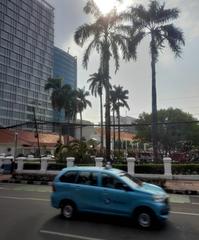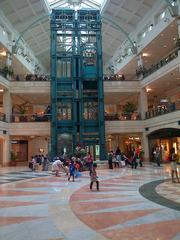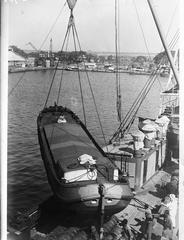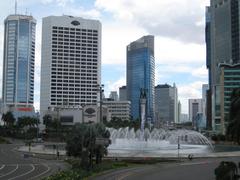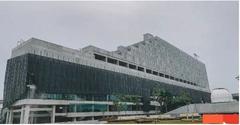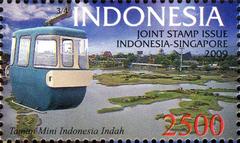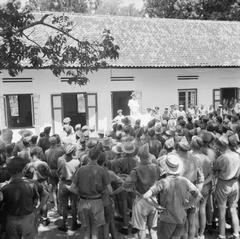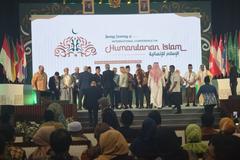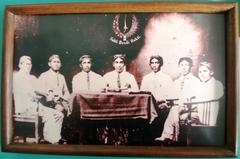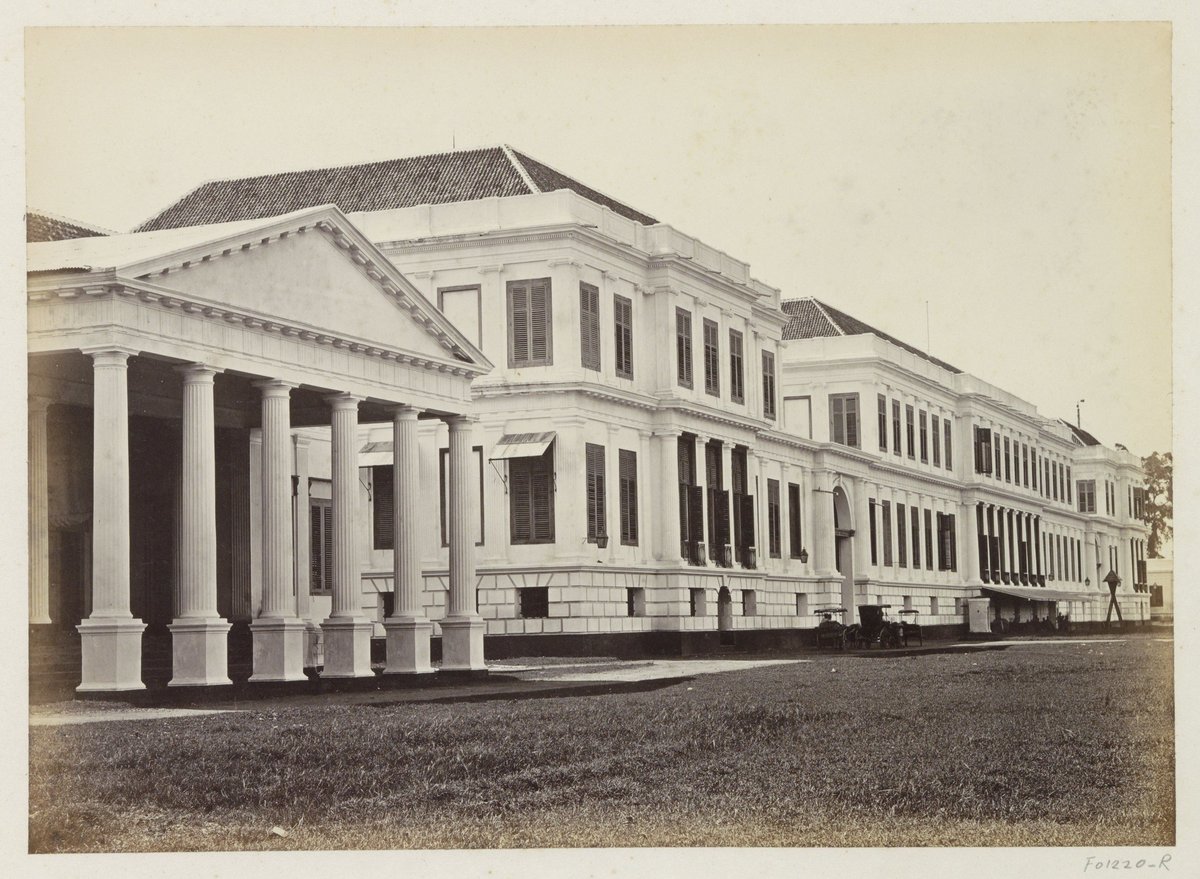
A Complete Guide to Visiting the A.A. Maramis Building, Jakarta: Visiting Hours, Tickets, and Nearby Attractions
Date: 15/06/2025
Introduction
The A.A. Maramis Building is a prominent historical landmark located in the heart of Jakarta. Revered for its neoclassical architecture and storied past, this building encapsulates Indonesia’s journey from colonial administration to sovereign statehood. Originally constructed in the early 19th century under Governor-General Herman Willem Daendels, the building has since evolved into the headquarters of the Ministry of Finance, a museum, and a cultural hub. Through careful restoration and adaptive reuse, the A.A. Maramis Building now bridges Jakarta’s colonial legacy with its modern identity, offering visitors an immersive exploration of Indonesian history, governance, and culture (Bisnis.com; Viva.co.id; Kementerian Keuangan RI).
Table of Contents
- Introduction
- Historical Overview
- Architecture and Conservation
- Visiting Information
- Nearby Attractions
- Frequently Asked Questions (FAQ)
- Summary & Recommendations
- References
Historical Overview
Colonial Origins and Dutch Administration
Construction of the building began in 1809 under Dutch Governor-General Herman Willem Daendels, who sought to relocate the colonial administration from Oud Batavia to a healthier, strategic area in Weltevreden (now Central Jakarta). Designed by military engineer J.C. Schultze, the structure was initially intended as a gubernatorial palace. Budget limitations, however, resulted in a more modest yet imposing edifice completed and inaugurated in 1828 by Commissioner-General L.P.J. Du Bus de Ghisignies. The building soon became central to colonial financial administration and social life, anchoring the “White Palace Complex” surrounded by key landmarks such as Lapangan Banteng, the Cathedral, and cultural institutions (Bisnis.com; Viva.co.id).
Transitions Through Occupation and Independence
During the Japanese occupation (1942–1945) and the subsequent Netherlands Indies Civil Administration (NICA) period, the building’s use shifted according to the political climate. After Indonesia’s independence was recognized in 1950, it was formally transferred to the new Republic and became the Ministry of Finance’s headquarters. This transition marked its enduring role in shaping and administering Indonesia’s economic policies (Bisnis.com).
Naming and National Significance
In 2008, the building was renamed in honor of Alexander Andries Maramis, Indonesia’s first Minister of Finance and a key architect of the nation’s early fiscal policies. Maramis’s contributions to the drafting of the 1945 Constitution and fiscal stabilization efforts cemented the building’s place in Indonesia’s national narrative (Kementerian Keuangan RI).
Architecture and Conservation
The A.A. Maramis Building is a prime example of Dutch neoclassical architecture, featuring grand columns, symmetrical facades, and elegant interiors. Conservation efforts have preserved these original features while modernizing the building for contemporary administrative and public functions. A major restoration project from 2019 to 2022 addressed structural issues, updated mechanical systems, and enhanced accessibility, ensuring the building’s legacy for future generations (Viva.co.id). The building is officially protected under Indonesian cultural heritage law, mandating strict guidelines for any alterations (Bisnis.com).
Visiting Information
Location and Accessibility
Located in Central Jakarta’s Lapangan Banteng area, the A.A. Maramis Building is easily accessible by public transportation, including TransJakarta buses and the nearby Gambir railway station. Taxi and ride-hailing services are also widely available, and the building’s central position allows visitors to reach other historical landmarks within minutes (Jakarta Walking Tour).
Visiting Hours and Entry Requirements
- Standard Hours: Generally open for public and guided tours from 09:00 to 15:00, Monday through Friday. The building is closed on weekends and public holidays.
- Identification: All visitors must present valid ID (passport or Indonesian ID) at security. Bags are subject to screening.
- Dress Code: Modest clothing is required. Wear long pants or skirts and sleeved shirts.
Visiting hours may fluctuate due to official events, so always check the Ministry of Finance website or contact the administration before your visit.
Tickets and Guided Tours
- Admission: Entry is generally free of charge.
- Guided Tours: Available by prior booking, usually in Bahasa Indonesia, with English-speaking guides provided on request. Tours last approximately 60–90 minutes and include the museum, library, and key historical rooms.
- Booking: Advance reservations are strongly recommended, especially for groups or during peak periods.
Visitor Facilities and Accessibility
- Accessibility: Ramps, elevators, and accessible restrooms are available, though some historic areas may remain challenging for those with limited mobility.
- Facilities: Restrooms, a small gift shop, and basic amenities are provided. Air conditioning is installed in most public areas.
- Photography: Permitted in most spaces, but check signage and confirm with your guide. Flash and tripods may be restricted.
Practical Tips
- Plan for Traffic: Allocate extra travel time due to Jakarta’s frequent congestion.
- Stay Hydrated: Jakarta’s climate is hot and humid; bring water.
- Check for Events: The building sometimes hosts official functions, which may temporarily limit public access.
Nearby Attractions
Enhance your visit by exploring nearby Jakarta historical sites:
- Lapangan Banteng: A scenic park ideal for walks and photos.
- Istiqlal Mosque: Southeast Asia’s largest mosque, renowned for its architecture.
- Jakarta Cathedral: A neo-Gothic landmark across from Istiqlal Mosque.
- Jakarta Arts Building: Hosts performances and cultural exhibitions.
- Pasar Baru: One of Jakarta’s oldest markets, perfect for shopping and local cuisine.
Frequently Asked Questions (FAQ)
Q: What are the A.A. Maramis Building’s visiting hours?
A: Monday–Friday, 09:00–15:00; closed on weekends and public holidays. Confirm on the official website before visiting.
Q: Is there an entry fee?
A: General admission is free. Special events or guided tours may require advance registration.
Q: Are tours available in English?
A: Yes, with prior arrangement.
Q: Is the building accessible for visitors with disabilities?
A: Yes, most areas are accessible, though some historic sections may have limited access.
Q: Can I take photographs?
A: Yes, in most areas. Flash and tripods may be restricted.
Q: What should I wear?
A: Modest clothing is required—long pants/skirts and shirts with sleeves.
Q: Are there nearby attractions?
A: Yes, including Lapangan Banteng, Istiqlal Mosque, Jakarta Cathedral, and more.
Summary & Recommendations
The A.A. Maramis Building stands as a living monument to Indonesia’s colonial and post-independence history, seamlessly blending architectural heritage with its modern role as a government and educational facility. Visitors can enjoy free admission, informative guided tours, and convenient access to some of Jakarta’s most revered landmarks. To make the most of your visit:
- Book tours in advance, especially during peak seasons.
- Check the official website for the latest updates on hours and events.
- Dress appropriately and bring identification.
- Explore the surrounding heritage district for a comprehensive cultural experience (Setkab; Viva.co.id; Jakarta Walking Tour).
Plan your trip to the A.A. Maramis Building and immerse yourself in the architectural grandeur and historical narrative at the heart of Jakarta.
References
- Sejarah Gedung A.A. Maramis, 2022, Bisnis.com
- President Joko Widodo Explores Historical Building of A.A. Maramis, 2023, Viva.co.id
- Ministry of Finance of the Republic of Indonesia Official Website
- President Jokowi Observes A.A. Maramis Building Restoration, 2022, Setkab
- A.A. Maramis Historical Building Tour, 2024, Jakarta Walking Tour
